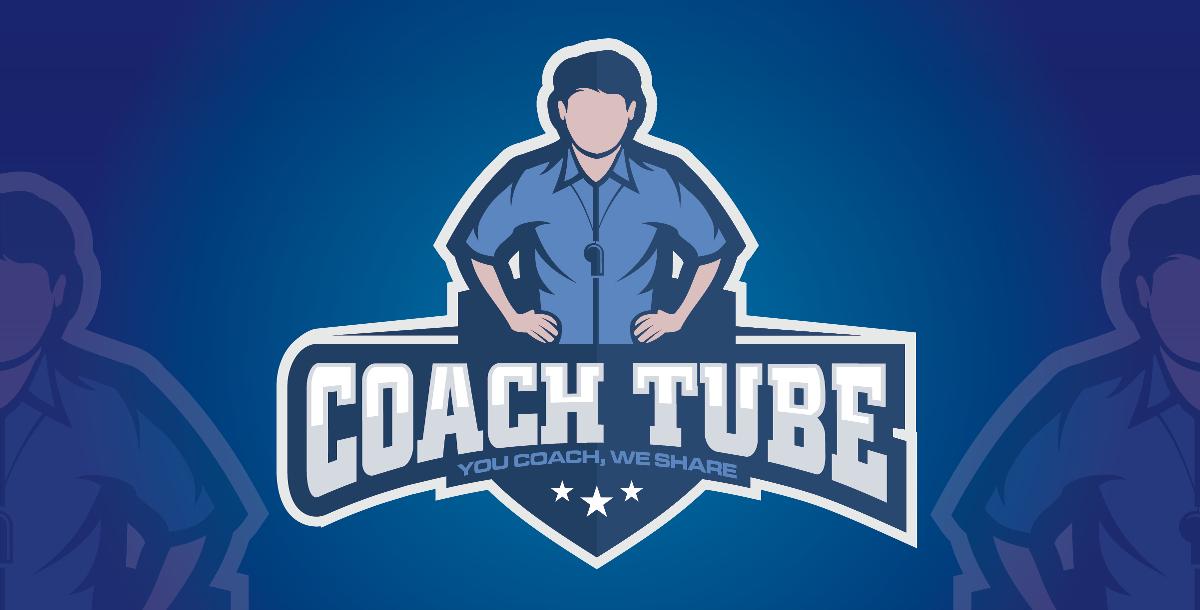1
2
3
4
5
6
7
8
9
10
11
Lesson 12:
PRESSING FUNCTION (PART 3)
This practice focuses on two teams, with one team aiming to play out from the back (Team B) and the other team attempting to win the ball and score on the counter-attack (Team A). The practice takes place on a field with approximate dimensions of 65m wide and 40m long.
Team B's objective is to play out from the back and score into one of the three mini-goals positioned at the opposite end of the playing area. On the other hand, Team A aims to regain possession high up the pitch and score past the goalkeeper in the main goal.
Although the diagram shows the practice as 7v7+GK, the session can be adapted based on the number of players available.
To emphasise different principles and areas of the pitch, the coach can incorporate zones, markers, and grids. For instance, a designated area where Team A initiates their press to regain the ball can be marked off, highlighting specific defensive principles.
To progress the practice and introduce realistic scenarios, the coach can create situations such as, "Team B, you are winning by two goals with 10 minutes to go - how do you secure the win?" This scenario may lead to chaos during the session, but it provides valuable learning opportunities for the players as they experience and problem-solve in realistic game situations.
By incorporating these adaptations and scenarios, players will enhance their understanding of playing out from the back, executing effective pressing strategies, and making intelligent decisions in different game scenarios. The practice encourages learning through realistic challenges, enabling players to develop their tactical awareness, problem-solving abilities, and adaptability on the field.
For more detailed information on this practice, please refer to the attached coaching process document.
13
14
15
16
17

Coaching counter-attacking in soccer can have several benefits, both in terms of team performance and player development. Here are some of the advantages: Exploiting Space: Counter-attacking relies on quickly transitioning from defense to offense when the opposing team loses possession. This strategy allows players to exploit spaces left open by the opposing team, as they often push forward to ...
